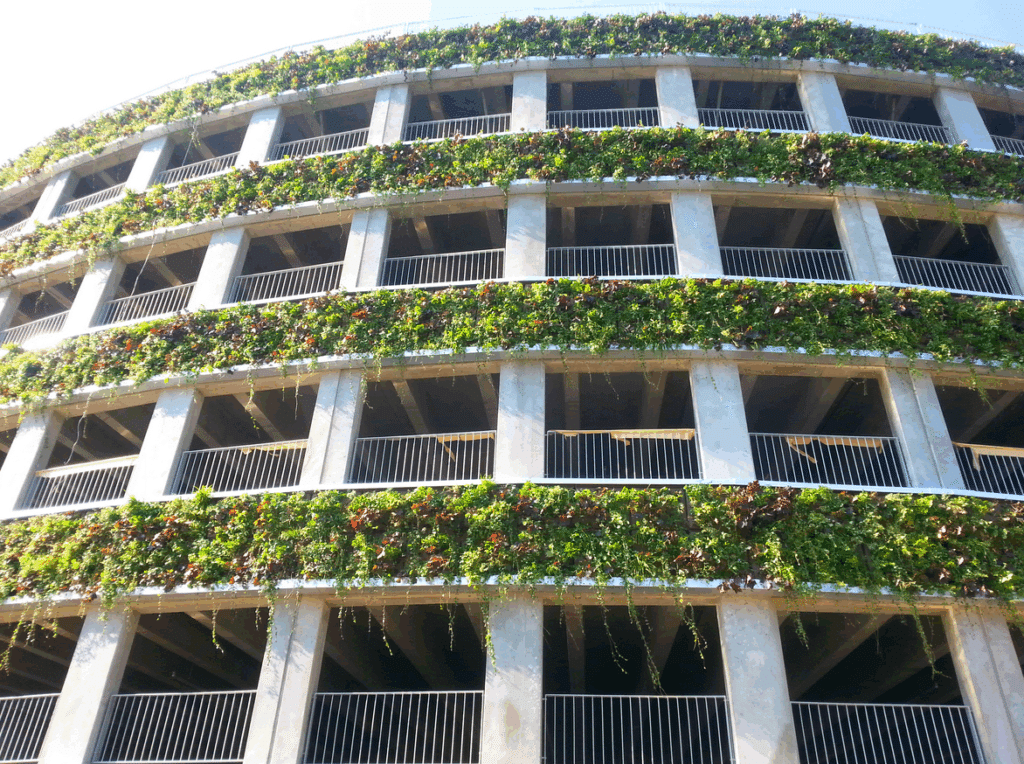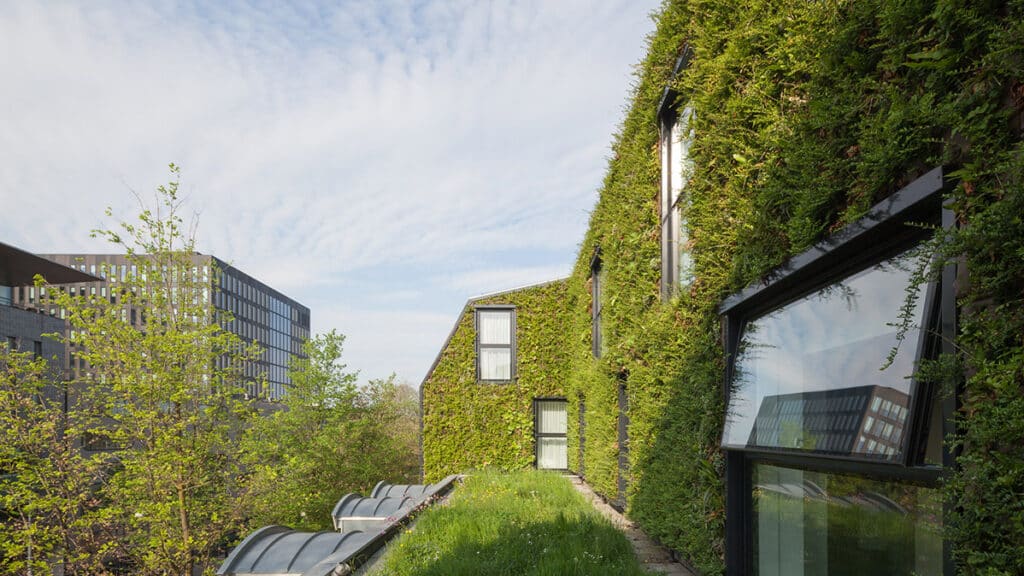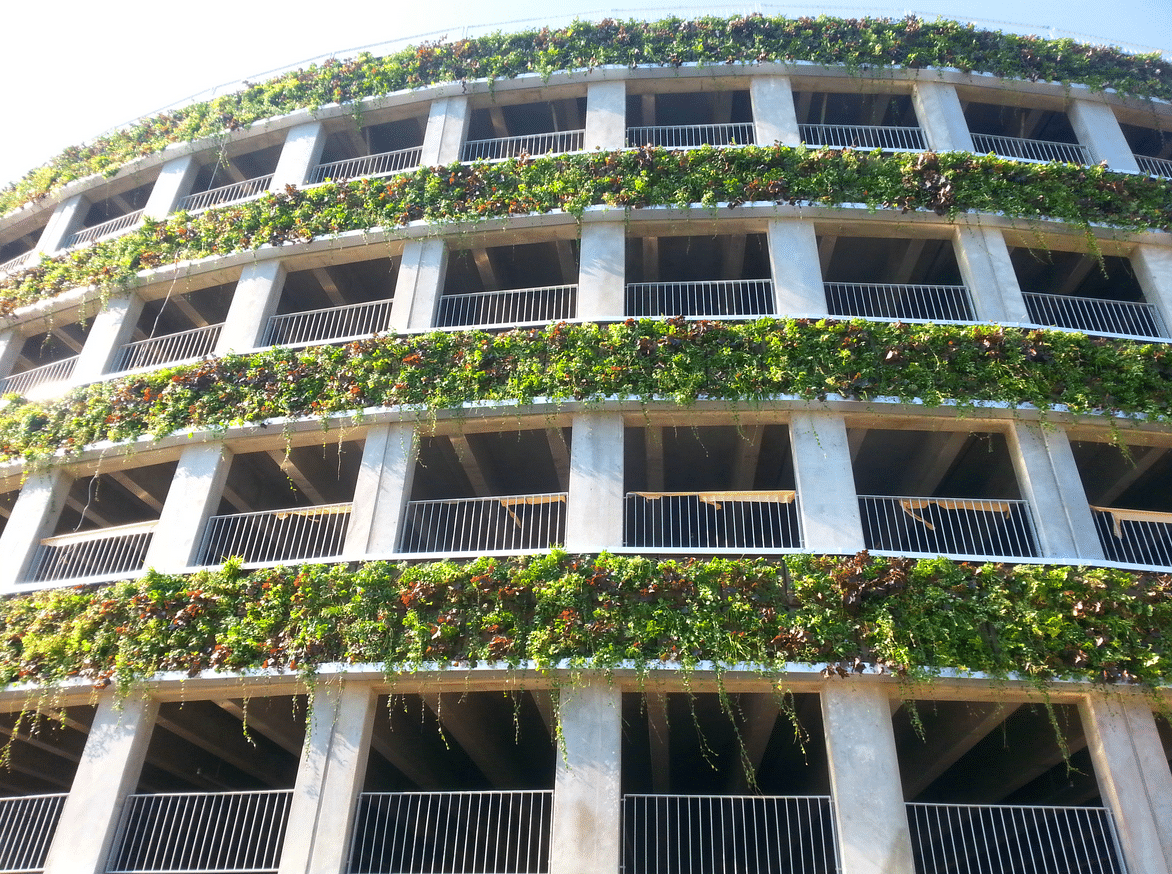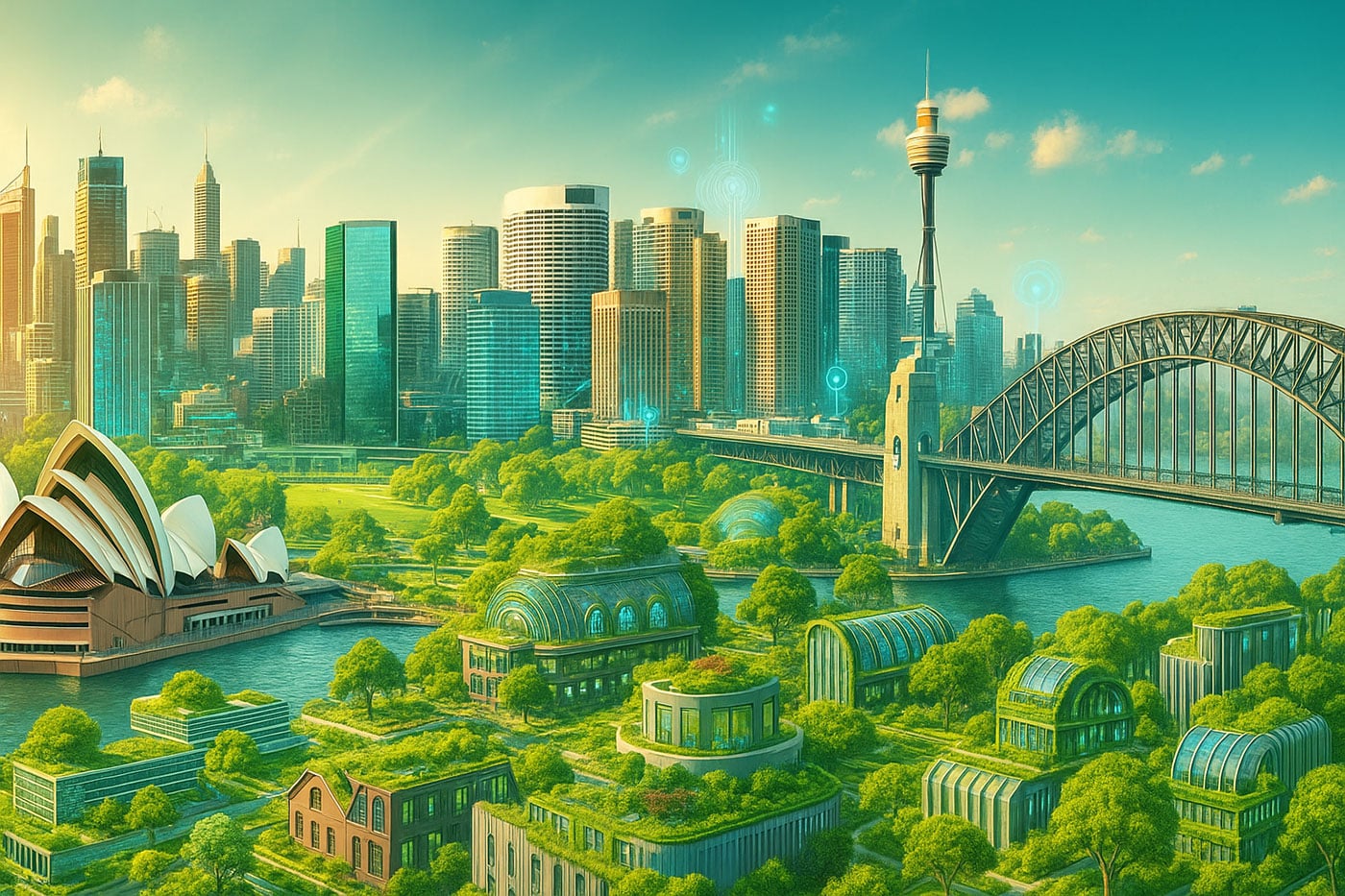In a world where concrete often overshadows canopies, some cities are boldly proving that a metropolis doesn’t have to be grey and lifeless. These urban trailblazers are turning grey into green, reclaiming rooftops, rewilding walls, and proving that city life and sustainability can thrive side by side. Let’s dive into the Top 10 Greenest Cities in the World—cities where living walls bloom, public parks sprawl, and the air feels just a bit fresher. These are not just green city examples—they’re blueprints for a future green city. Curious which metropolises also rank among the greenest cities in the world? Keep reading to find out who made the list.
Meet the 10 most future-ready, urban paradises
1. Oslo, Norway – The greenest capital in the world?
Oslo isn’t just one of the green city examples, it’s the greenest capital in the world by land use: 74% of the city is covered in green space. With a dedicated green belt, two-thirds of Norway’s wildlife species, and 95% of residents living within 300 metres of a park, Oslo is nature-rich at every turn.
Add to that: electric public transport, 82% EV adoption, and a 95% carbon reduction goal by 2030. Waste-to-energy plants, living architecture, and low-emission zones make Oslo not just a green city, but a future-ready one.
2. Ljubljana, Slovenia – The city with a green soul
With 67% of its urban area blanketed in greenery, Ljubljana has redefined what a small capital can achieve. From native forests and orchards to Tivoli Park’s tree-lined grandeur, nature is everywhere. Residents live mere minutes from green space, and the city connects directly to the countryside. Ljubljana may be compact, but its commitment to becoming a future green city is larger than life. It’s not just growing green—it’s thriving green.
3. Copenhagen, Denmark – The climate-conscious pioneer

From extensive bike lanes to ambitious climate goals, Copenhagen sets a high bar. The Danish capital aims to be carbon neutral by 2025, and its cityscape is sprinkled with green roofs, living walls, and stormwater-smart design.
Plus, with over 60% of its residents commuting by bike, it proves sustainability is a lifestyle, not a trend. Our Sempergreen Living Wall on a hospital car park is just one of the many green layers this city wears with pride.
4. Paris, France – The surprising green space leader
Paris may be famous for its boulevards and baguettes, but it’s also number one for green space per capita in Europe. With 14.48 green spaces per 100,000 people, Paris blends urban elegance with a deep commitment to rewilding. The city is adding four new urban forests near iconic landmarks and plans to plant 170,000 trees by 2026.
Its bold goal? 50% green coverage by 2030. Paris is proving that even large urban centres can evolve into a top 10 greenest city in the world. From vertical forests to urban meadows, Paris is a model for cities with the most green space. Watch this green city flourish.
5. Vancouver, Canada – Green by nature and design
With a mission to be the greenest city in the world, Vancouver is walking the walk. Urban planners have woven nature into its dense downtown through green rooftops, community gardens, and parks. Today, an impressive 68% of Vancouver is green space—from cycling along wildflower-lined seawalls to hiking through the iconic Stanley Park, nature is always close. Vancouver also leads by example in clean energy: over 90% of its electricity comes from renewable sources, and its Greenest City Action Plan has inspired countless cities worldwide.
Add in a stunning coastline and forested mountains, and you’ve got green on every level. This city is a shining example of growing green cities—where nature and innovation go hand in hand. This future green city has already halved its waste since 2008, even while its population grew. With targets for 100% renewable energy by 2050 and a zero-waste strategy by 2040, is one of the growing green cities setting the standard for North America.
6. Barcelona, Spain – The superblock visionary
Barcelona’s innovative Superblocks (Superilles) are redefining urban space. These car-restricted mini-neighbourhoods create people-first streets filled with greenery, social interaction, and clean air. Recently, the city added 8,000 m² of greenery to its new tram line using Sempergreen’s direct-green groundcover. Barcelona is the city where mobility and ecology move as one.
7. Melbourne, Australia – A cool, canopy-loving capital

With scorching summers and growing urban sprawl, Melbourne has embraced green infrastructure as a cooling, calming antidote. Through projects like Green Your Laneway and mandatory urban forest strategies, the city is increasing tree canopy coverage and biodiversity.
Green roofs, vertical gardens, and stormwater-smart systems are key to Melbourne’s climate adaptation strategy—and just happen to be Sempergreen’s specialty. Melbourne is another standout in the global lineup of green city examples, driven by resilience and design.
8. Helsinki, Finland – Where wild nature meets urban life
Despite its density, 62% of Helsinki is green—including two national parks within walking distance of the centre. Called Europe’s “nature capital,” Helsinki is a future green city where trams, forests and wellbeing go hand in hand. It’s also investing heavily in bike infrastructure and net-zero goals, proving that a city built for happiness is one built with nature in mind, a prime example of a thriving eco-city.
9. Hamburg, Germany – Building a green network for tomorrow
Already home to 1,460 public parks, Hamburg isn’t slowing down. The city is working toward a green network that will cover 40% of its surface by 2034, connecting landscapes across the city for cycling, recreation and biodiversity. As one of the cities with the most green space, Hamburg proves that even dense port cities can become green oases.
10. Sydney, Australia – Growing the future, building in green

Australia’s Emerald City is going all in on its Sustainable Sydney 2030–2050 Vision. One of its key goals? Achieving 40% green cover. With a strong focus on green roofs, vertical gardens, and multifunctional groundcover, the city is making nature a core part of its urban DNA. Sydney is firmly on track to become one of the greenest cities in the world, with a strategy that other growing green cities are starting to follow. Think of Sydney as a living lab where urban rewilding is going mainstream.
What makes these cities so green?

While each city has its own climate and challenges, they share a common playbook:
– Urban greening: Living walls, green roofs, vertical forests.
– Clean energy: Wind, solar, hydro—and even energy from waste.
– Sustainable transport: Bikes, trams, and electric everything.
– Smart water use: Green infrastructure for runoff, retention, and reuse.
– Biodiversity: Bee-friendly roofs, native plantings, and wildlife corridors.
– Community-driven planning: Inclusivity and access to nature for all.
Ready to replant the planet?
Where does Sempergreen fit in?
To truly accelerate the green city revolution, we need practical, scalable solutions that can transform grey infrastructure into vibrant ecosystems—quickly and effectively. That’s exactly where green roofs, living walls, and direct-green groundcovers come in.
These innovations don’t just make cities look better—they actively cool urban heat, improve air quality, boost biodiversity, and manage stormwater. Whether it’s a high-rise façade, a flat rooftop, or a tram corridor, every surface holds the potential to go green.
At Sempergreen, we specialise in exactly these solutions. With nearly 30 years of experience, our own global nursery network, and a deep-rooted mission to rewild the built environment, we help cities go green – quickly, beautifully, and sustainably.
Our solutions are designed to:
– Improve urban biodiversity
– Manage stormwater sustainably
– Lower city heat with cooling vegetation
– Transform blank walls and roofs into living ecosystems
We believe every surface has the potential to become part of the green revolution. One facade, one roof, one park strip at a time.
The Green City Movement is growing
From the electric streets of Oslo to the lush laneways of Melbourne, it’s clear: urban greening is no longer optional—it’s essential. These cities are more than just beautiful; they’re resilient, inclusive, and serve as blueprints for the world’s urban future. The top 10 greenest city in the world may shift, but the movement behind it is only getting stronger.
At Sempergreen, we’re proud to play a part in shaping these future green cities. Whether it’s ready-to-use sedum roofs, biodiverse living walls, or eco-friendly groundcovers, our systems are already helping urban landscapes around the globe grow greener, faster.
Because in the end, the greenest city in the world might not be the one that exists today—it might be the one we build together.
Sempergreen. Replanting the planet.


